|
Since the camera data approach isn't quite possible yet with current SDKs, after much deliberation we decided to pivot to a marker-based environment approach. The user would be able to pick a location to jump to and see a historical reconstruction of the entire environment, since we aren't able to overlay models accurately with camera data just yet. This will take more modeling work, but we're excited to take on this challenge.
To write the functionality to switch camera location, we make a dropdown on a canvas element. To that dropdown, we attach camera controller script.
Code for Camera controller goes here
1 Comment
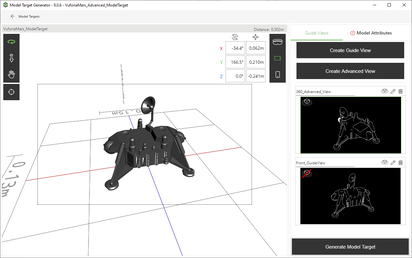 Vuforia Model Target Generator https://library.vuforia.com/articles/Solution/model-target-generator-user-guide.html Vuforia Model Target Generator https://library.vuforia.com/articles/Solution/model-target-generator-user-guide.html During winter quarter, we decided to try making a Hoover tower AR Application to pick up some Vuforia skills. First, we downloaded a model of the Hoover tower from Thingiverse, as well as the Vuforia Model Target Generator. The goal was to see how well the Vuforia SDK was at creating generated targets for large models. Then, we loaded the model into the Vuforia Model Target generator, which takes a few different snapshots of a 3D model. The software allows the target to be generated, exported as a Unity file, and a child game component can be added to the parent game component of the target. When exported to mobile, the child game components will be overlaid on what the camera data recognizes as the target. In our prototype, we wanted a different colored model of the Hoover tower to be overlaid on top of the original.
We were pretty hopeful about the results, but even with such a clean model of the Hoover tower, the generated model target didn't really work. It only recognized a few specific angles of the Hoover tower, and the guides from our point of view didn't match at all. As seen in the first image, we were able to get guides for major lines on the model to be generated, but the overlaid model did not appear. This current SDK simply isn't advanced enough to recognize larger targets such as buildings, and therefore we concluded it wouldn't work well for a monument like Chavin which doesn't have such clean lines. However, this was still a great learning experience, and we learned that we will have to pivot to a different approach. This week we had the opportunity to meet with the amazing John Rick to really hammer down what excites him about bringing Augmented Reality technology to Chavin. Rick's excitement centered on the interest bringing new technology brings to the site, and the idea about creating a more educational and meaningful experiences to the visitors of Chavin. He stressed that for most people, unless they are well read on the significance of Chavin before coming, the site just seems like a bunch of stones and holes. Especially for kids there is a necessity to convey the importance and meaning of the site that excites so many art historians and architects in the field. Rick also provided us with many invaluable resources conveying the most up-to-date and accurate information about what researchers assume the site would have looked like in its prime. Surprisingly, one of the best visualizations of the site is found in a comic book drawn by an on-site artist. Not only does this comic book provide an accurate estimation of the full site, but also guesses at the beliefs and clothing of its original inhabitants!
Incorporating even a fraction of the life at this site portrayed in this book into our app would be fantastic! We have the power and technology to make people feel that they have time traveled when they reach the site and can help them learn about how cool and significant this site is to native religion and traditions. John Rick is also in the process of compiling other visualizations for us from the Stanford archaeology department as well as 3rd party companies. We are excited to begin work synthesizing this information and crafting an exciting experience for anyone who wants to visit and experience the magic of Chavin! Hello! As of our last update the team has been working on polishing their Unity and Vuforia skills in order to start development of a simple test app for our project. After researching the possible developer kits and methods to implement an AR app with android devices, we have chosen to create a marker based AR application with the Vuforia Unity plug in. Marker based AR applications use a scanned image(the marker) and render a 3D model, another image, video, or scene and interact with it using your device. Below you can see an example of this type of application using images of cards that describe the 3D object that is rendered when viewing the card through a device such as a mobile phone. Our current major challenge is that we cannot be in Chavin to test and build our application. So in order to accommodate and still work toward our end goal we will be selecting a Stanford campus building to create the foundation of our app. This will not only allow us to work on developing a robust system that conforms to the goals of our project but also learn of any potential issues early on before going on site to test.
We are excited to start developing and are continuing our exploration of possibilities of AR technology for the site! 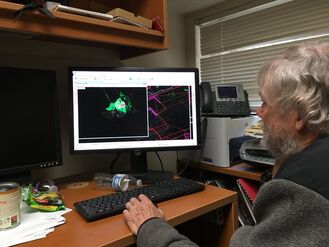 Professor John Rick demonstrating a photogrammetry model of the site Professor John Rick demonstrating a photogrammetry model of the site Hello! We're Vivian, Isaac, Joel, and Cole and we're super excited to get started with the AR project at Chavin de Huantar. For some background information, the project was born out of conversations between Professor John Rick, professor of archaeology at Stanford University and undergraduate students from both the field school program and ESW (Engineers for a sustainable world). During one of the first few days of the field school, Professor Rick was giving us a tour of the site when we arrived at the main monument. Around the 17th or 18th century AD, he described, the facade of the main temple at Chavin de Huantar was destroyed when looters broke into the temple, leaving a gaping hole. This presents an interesting conservation challenge. Leave the temple as is, and visitors will believe that the more modern beams and roofing preserving the structural integrity of the temple were part of the original architecture. Removing the structures and repairing the facade is another solution, but this is expensive and not true to the original. We realized with the rise of augmented and virtual reality technologies, there is a unique opportunity for sustainable, affordable solutions to conservation - creating an application in augmented reality to showcase a virtual reconstruction of the facade. Thus kickstarted the Chavin de Huantar AR project. Last week, the team had our first partner meeting with Professor Rick, where we reaffirmed the possibilities of AR as a means of augmenting the site for visitors, as well as bringing media attention and therefore more funding to the site. We also discussed what we would like to see in the app, focusing first on the reconstruction of the temple and having stretch goals in mind of other interactive elements and underground tunnel systems not visible to visitors. Since the AR project is so new, during these first few weeks our team is primarily doing research. So far, we have looked at apps such as sky view, snapchat, history traveller, and YouVisit as part of our design assessment. Most notably, studying these apps brought up the issue of marker-based vs location-based AR, or placing objects based on what the camera picked up vs gps location. Since gps location isn’t as reliable at the site, we are deciding to focus on using markers, starting with the monument itself as a marker. Finally, looking into development options, we found that the Vuforia Unity plugin was the most well-documented AR SDK, and works with android, which most users in Peru use. However, while it is free to develop on, publishing costs $500 a year. This is a significant challenge, but since we are just starting out, we have decided to develop a rough prototype on Vuforia fist, keep it as an option on the budget, but look into other options for development and publishing once we build our skills up. We are focusing these next few weeks on learning Vuforia and building rough prototypes, so look forward to hearing from us soon about new developments! |
Archives
August 2020
Categories |

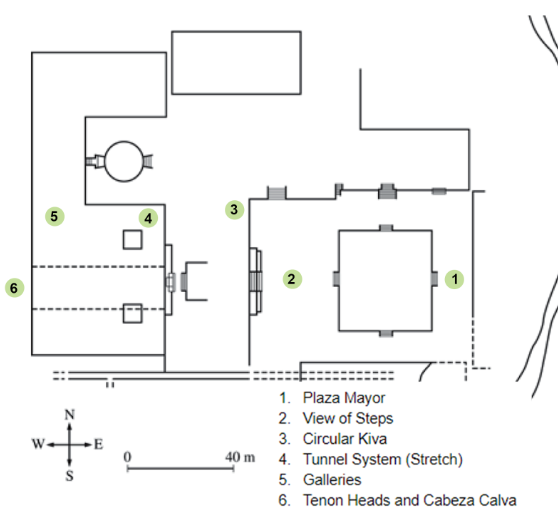
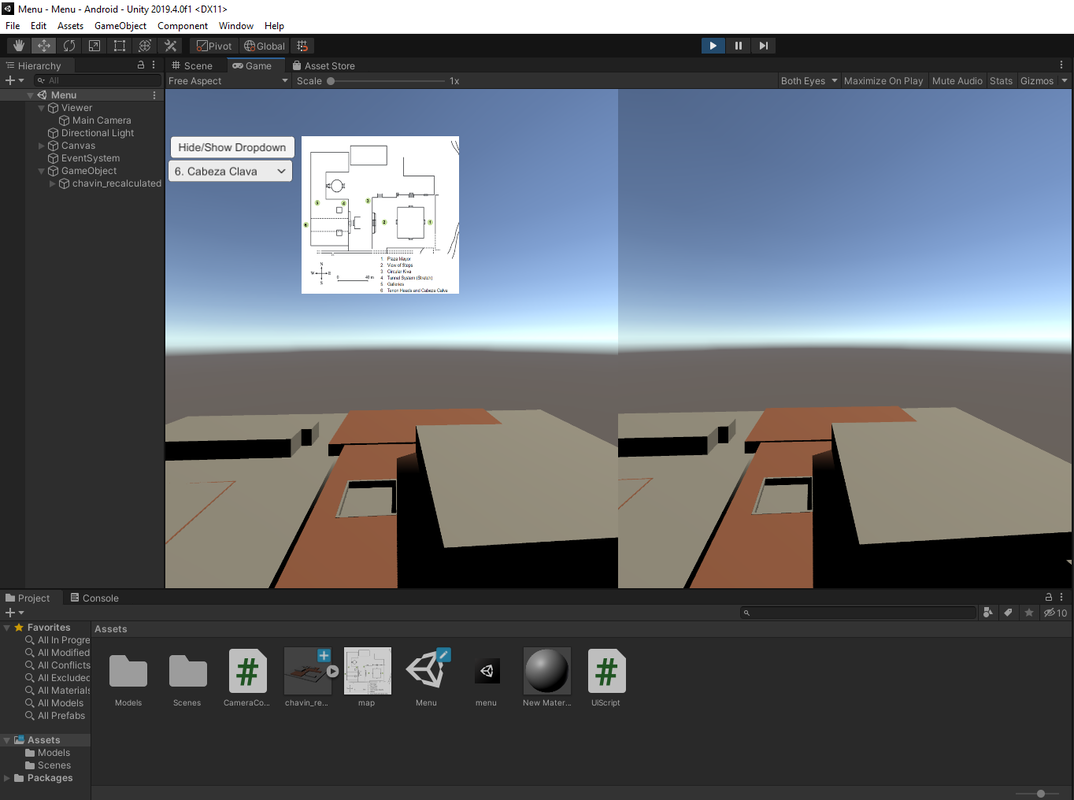
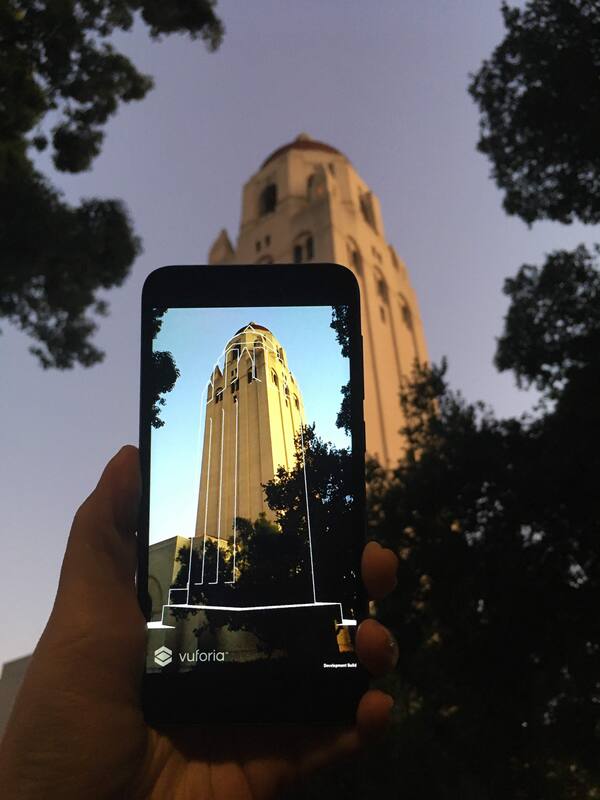
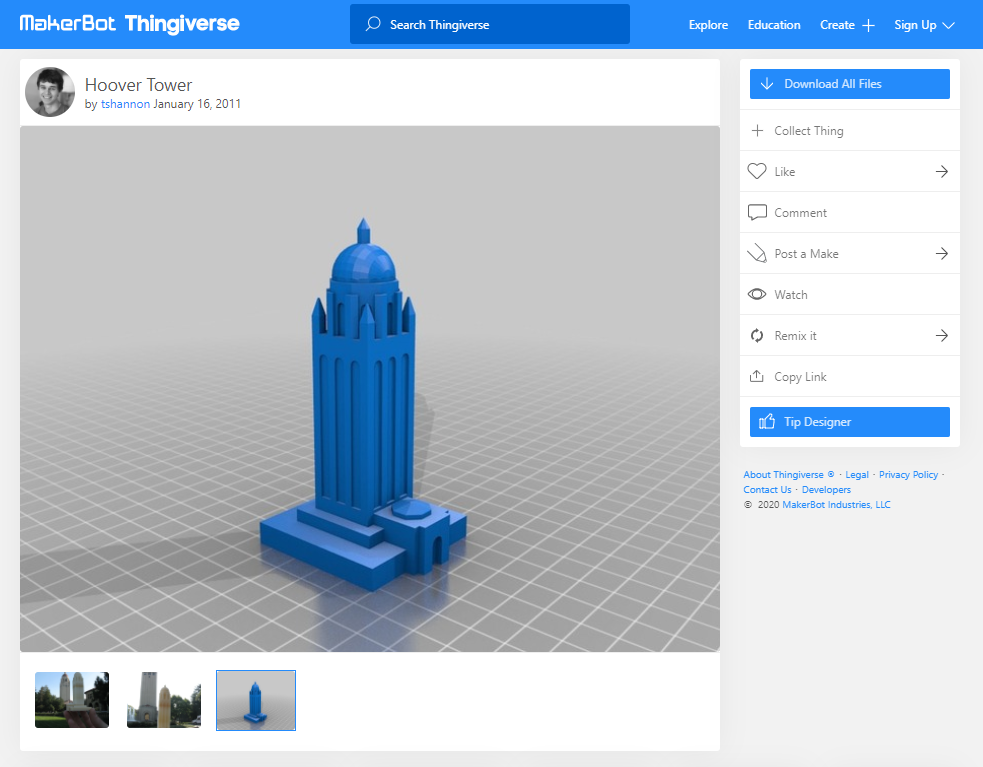
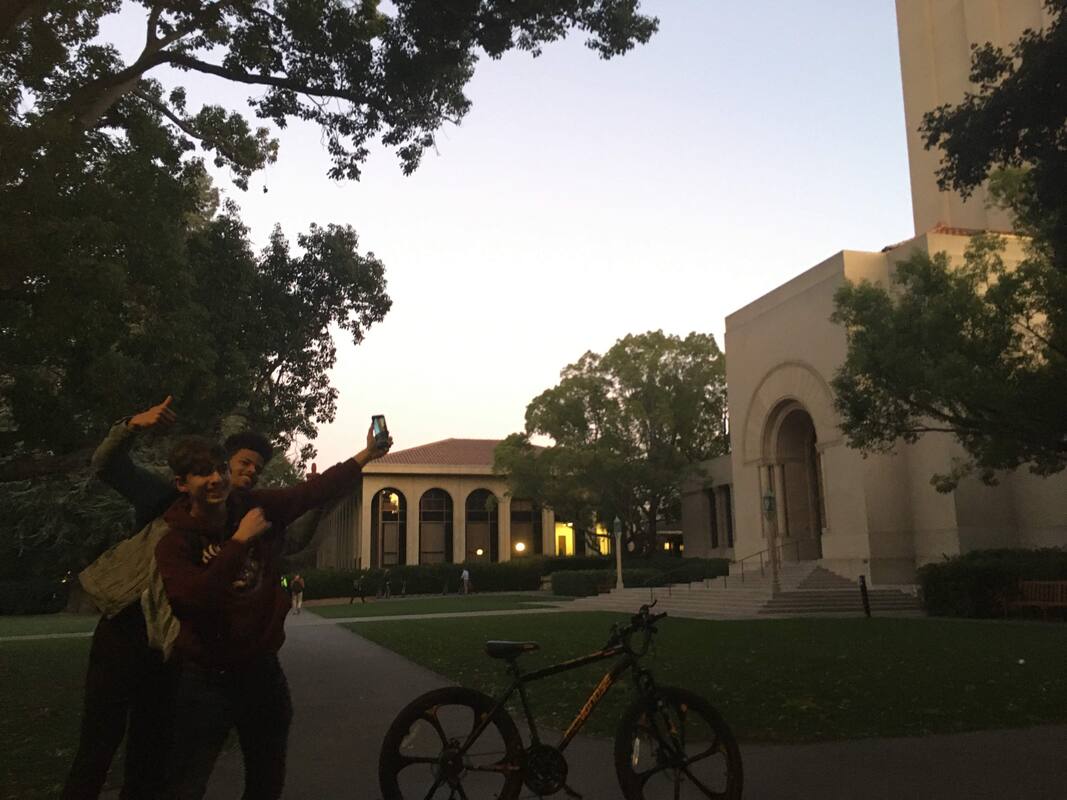
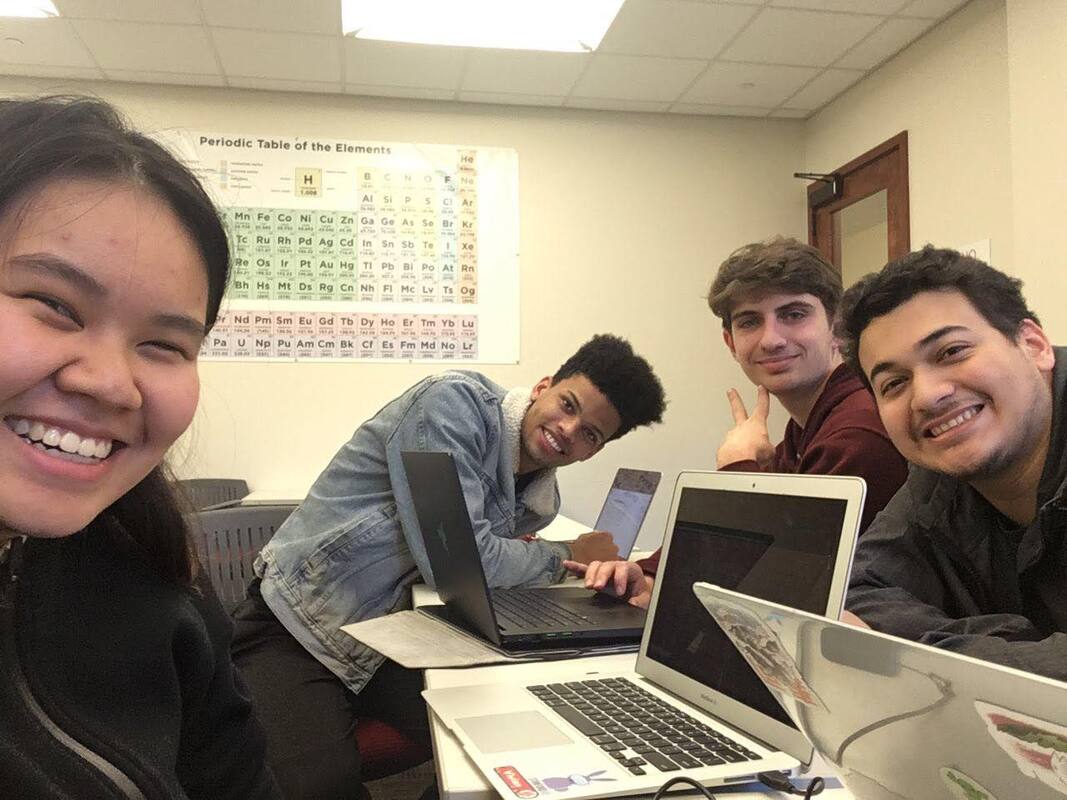
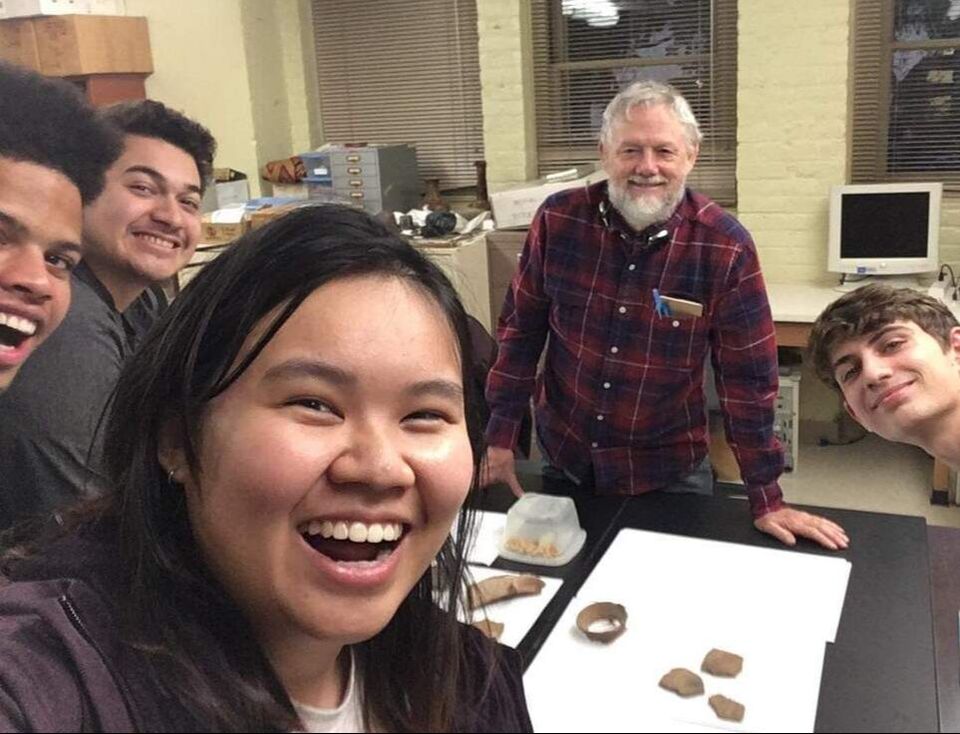
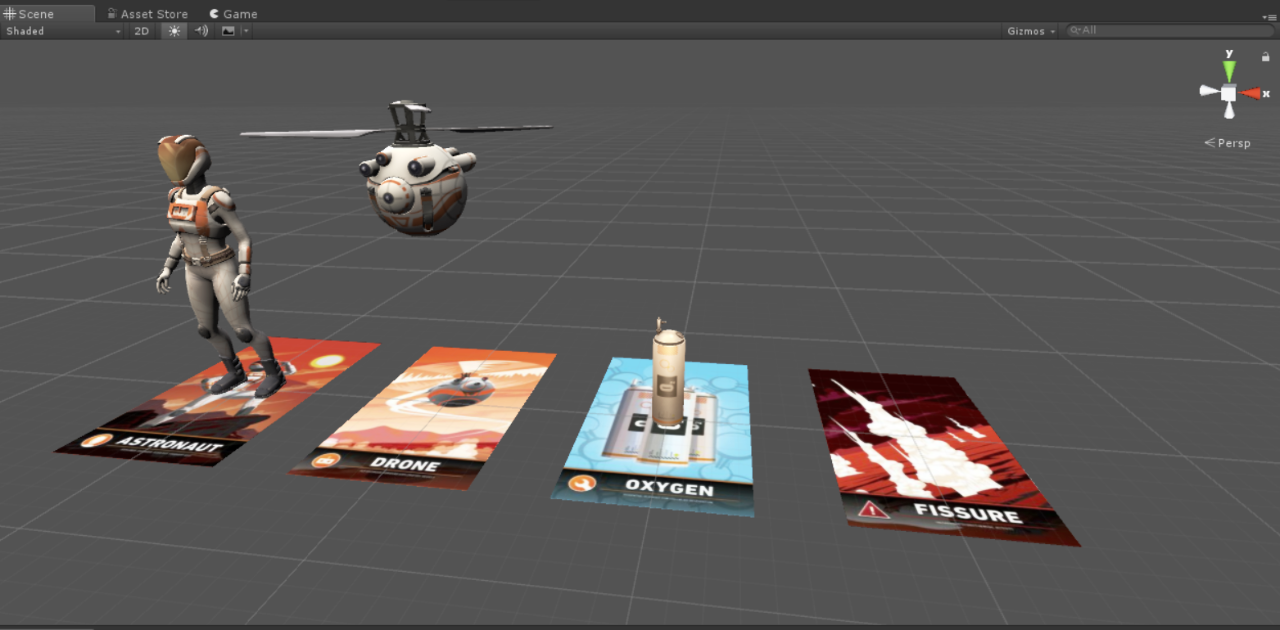

 RSS Feed
RSS Feed
